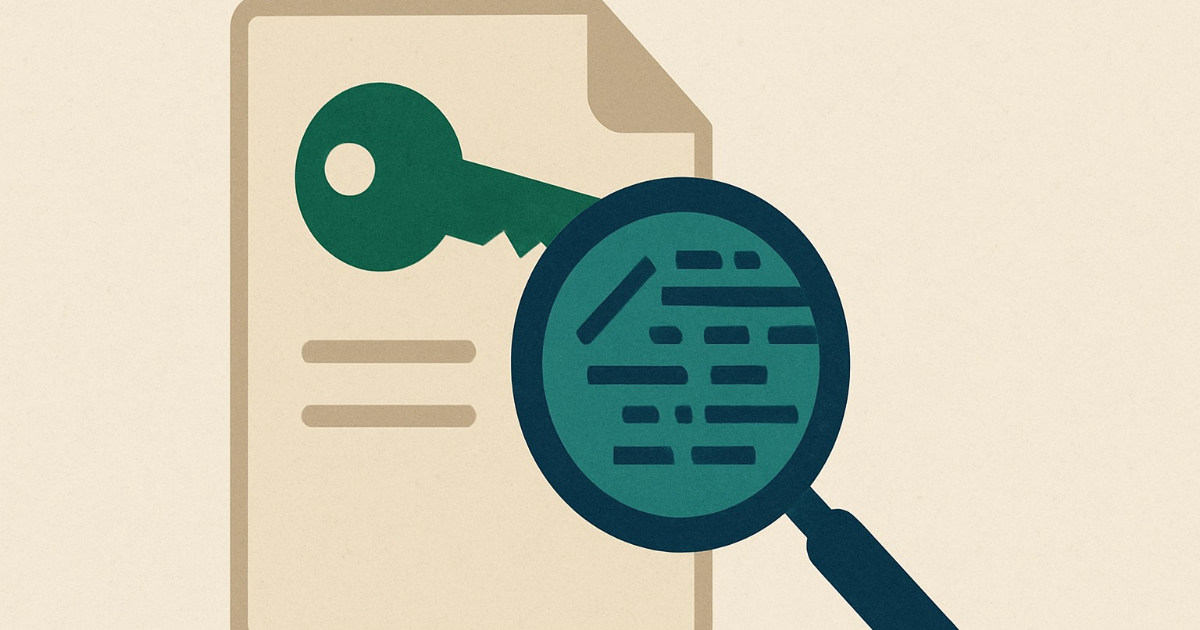Starting an essay is tough. It’s hard to face a blank page and try to organize all your thoughts into a good argument. Many people use tools like ChatGPT to help, but you’ll only get good results if you give it clear instructions. If your request is vague, the answer will be vague too.
This guide gives you the clear instructions you need. We’ve broken down the whole process of writing an essay into five simple parts—from coming up with ideas to doing the final check. In each part, you’ll find prompts that help you get much better answers from the AI.
The point isn’t to have the AI write for you. It’s to help you build your own essay step-by-step, so the final work is well-organized, makes a strong point, and sounds like you wrote it.
To use these prompts, simply copy the text, paste it into your chat, and replace the bracketed placeholders like [Your Topic] with your own information.
Phase 1: Brainstorming and Ideation
This initial phase is for exploring potential topics and gathering initial ideas.
1. Exploring Essay Topics
Use this prompt to generate a variety of essay topics based on a general theme or subject.
- I need to write an essay on the broad topic of
[Your Broad Subject, e.g., 'the impact of artificial intelligence on society']. My course is[Your Course Name, e.g., 'Introduction to Sociology']and the target audience is[Your Audience, e.g., 'my professor and classmates']. Please generate 5 distinct and compelling essay topics that would be appropriate. For each topic, provide a brief description and a potential angle to explore.
2. Brainstorming Core Arguments
Once you have a topic, use this prompt to brainstorm the main arguments or points of discussion.
- My essay topic is:
[Your Essay Topic]. I need to brainstorm potential arguments for this essay. Please generate a list of at least 5-7 key arguments or points that I could discuss. For each argument, provide a brief explanation. My goal is to[Your Goal, e.g., 'persuade the reader', 'inform the reader', 'analyze the issue'].
Phase 2: Structuring the Essay
This phase focuses on creating a solid foundation for your essay.
3. Developing a Thesis Statement
A strong thesis statement is crucial. This prompt helps you craft a clear and arguable one.
- Based on the topic ‘
[Your Essay Topic]‘ and these key arguments[List 2-3 of your strongest arguments from the brainstorming phase], help me develop a strong, concise, and arguable thesis statement. The thesis should clearly state the main point of my essay and give the reader a sense of the direction my argument will take.
4. Creating a Detailed Outline
This prompt will help you build a comprehensive outline for your essay.
- Create a detailed outline for an essay with the thesis statement: ‘
[Your Thesis Statement]‘. The outline should follow a standard structure, beginning with an introduction that includes a hook, relevant background information, and the thesis statement itself.
Following this, structure the main body of the essay with at least[Number]distinct paragraphs. For each of these body paragraphs, the outline needs to specify the topic sentence for argument[Number], the evidence or examples to be used, an explanation of that evidence, and a concluding sentence.
The outline should finish with a conclusion section that includes a restatement of the thesis, a summary of the essay’s main points, and a final concluding thought or call to action.
Phase 3: Content Generation and Drafting
This is where you’ll start writing the essay, section by section.
5. Writing the Introduction
Use your outline to draft a compelling introduction.
- Using the outline provided, please write the introduction for my essay. Start with an engaging hook related to
[Your Topic]. Provide brief background information to set the context, and end with my thesis statement: ‘[Your Thesis Statement]‘. The tone should be[e.g., academic, persuasive, informative].
6. Drafting Body Paragraphs
Focus on one argument at a time for a more controlled and detailed output.
- Now, let’s write the first body paragraph based on the outline. The main argument for this paragraph is: ‘
[Topic Sentence for Argument 1]‘. Please elaborate on this point, providing supporting evidence such as[Example of evidence, e.g., a statistic, a historical event, a theoretical concept]. Explain how the evidence supports the argument. The paragraph should be approximately[Word Count, e.g., 150-200]words.
7. Writing the Conclusion
This prompt helps you wrap up your essay effectively.
- Please write the conclusion for my essay. Start by restating the thesis: ‘
[Your Thesis Statement]‘ in a new way. Then, briefly summarize the main arguments from the body paragraphs:[List your main arguments]. End with a powerful concluding thought or a statement on the broader implications of the topic.
Phase 4: Editing and Refinement
This phase is about improving the quality of your draft.
8. Comprehensive Essay Review
A general prompt for an overall check of the essay.
- Please review the following essay draft. Check for clarity, coherence, and flow between paragraphs. Ensure the tone is consistent with a
[e.g., formal academic]paper. Identify any sentences that are too complex or unclear and suggest improvements. Here is the draft:[Paste your essay draft].
9. Strengthening the Argument
This prompt focuses on making your arguments more persuasive.
- Review this essay and help me strengthen the arguments. For each body paragraph, identify any logical fallacies, weak points, or areas where the evidence is not well-explained. Suggest ways to make the reasoning more robust and the connections between the evidence and the claims clearer. Here is the essay:
[Paste your essay draft].
10. Improving Language and Style
Use this to polish your writing.
- Please analyze the language and style of this essay. Replace weak or generic verbs with stronger, more descriptive ones. Identify and eliminate jargon, clichés, and repetitive phrasing. Suggest alternative sentence structures to improve the overall readability and engagement. Here is the essay:
[Paste your essay draft].
11. Ensuring a Natural and Human-Written Tone
Use this prompt to refine your draft and remove any robotic or overly formulaic language.
- Please review the following essay draft and help me make it sound more natural and human-written. My goal is to move away from a robotic or overly formulaic tone. Focus on these principles:
- Be Direct & Clear: Cut filler words, complex jargon, and buzzwords.
- Use a Natural Voice: Vary sentence structure for a better rhythm. Avoid robotic phrasing and common AI clichés (e.g., ‘delve into,’ ‘tapestry of,’ ‘game-changer’).
- Write with Confidence: Remove marketing hype and hesitant language. Make the tone authentic and assertive.
Apply these rules to my draft below.
Here is my draft:[Paste your essay draft].
12. Adding Counterarguments and Rebuttals
To add depth and nuance, consider and address opposing views.
- My essay argues that
[Your Main Argument]. What are some potential counterarguments to my position? For each counterargument, suggest a brief rebuttal that I could include in my essay to show that I have considered different perspectives.
Phase 5: Finalization
The last step before submission.
13. Formatting and Citations
A crucial final check.
- Please review my essay for any formatting issues. I need to follow the
[Citation Style, e.g., APA, MLA, Chicago]style. Can you check my citations and references list for the correct format? Also, ensure the essay has a title page and page numbers as required by the style guide. Here is my essay:[Paste your essay draft with citations and references].
Also, Check These Prompts:
- This is a masterclass in writing essays. For a broader look at using AI in your studies, see our guide on Prompts for Academic Writing.
- To ensure your essays are persuasive and well-argued, check out our Prompts for Opinion Writing.
- These prompts are essential for any student. For even more ways to use AI to study smarter, explore our ultimate list of Prompts for Learning.











